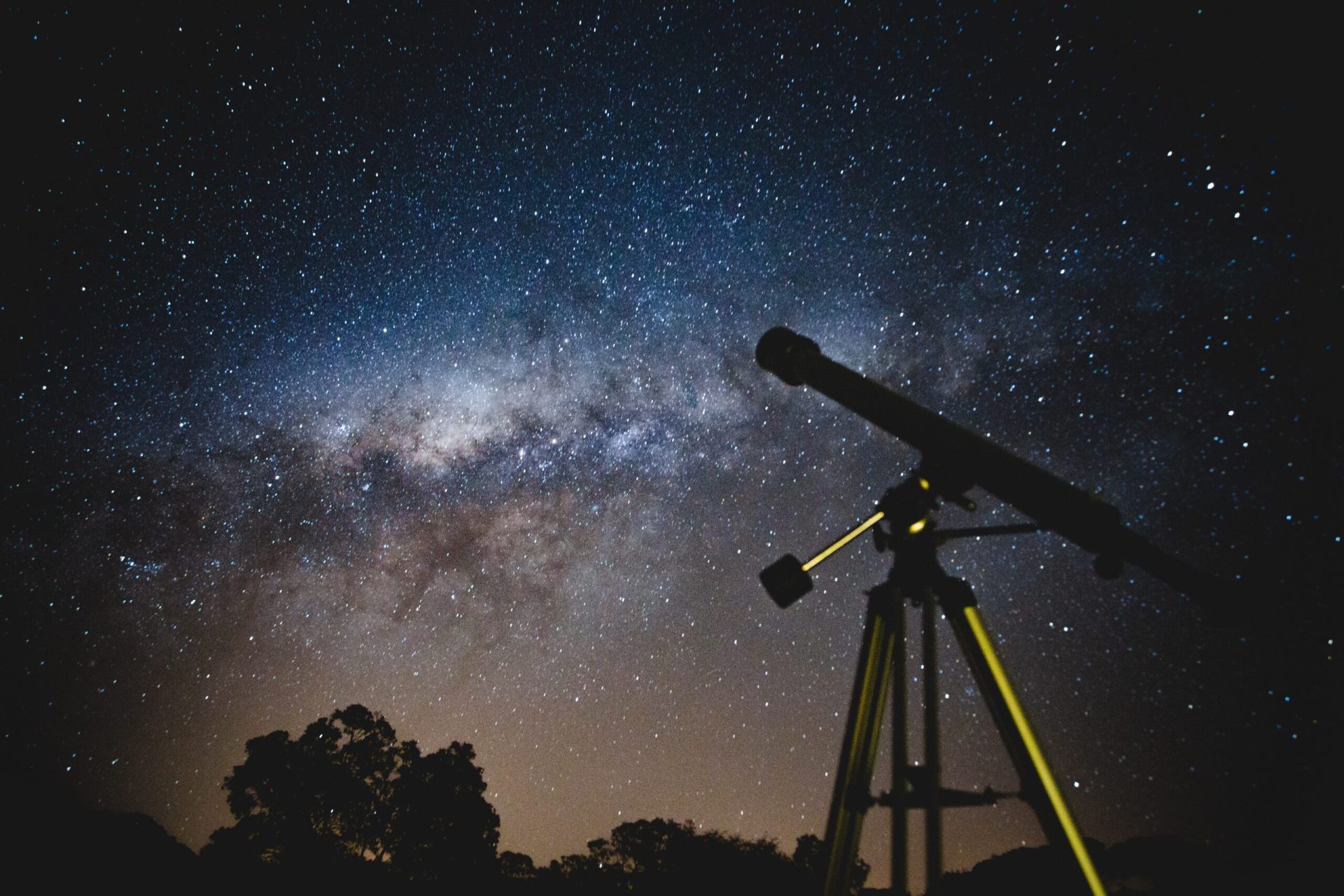|
Only have a minute? Listen instead
Getting your Trinity Audio player ready...
|
By CAROL LEE LUTSINGER | NASA/JPL SOLAR SYSTEM AMBASSADOR
If you are an early riser, Venus is the current morning ‘star’ outshining the actual stars in the predawn sky. Our ‘sister planet’ gleams so steadily it has caused folks to think they are seeing a UFO.
Sunlight reflecting off the poisonous sulfuric acid laden atmosphere of Venus is what makes the beautiful view for earthlings looking to the east about three hours before dawn. Urban legend has it that President Carter scrambled NORAD because of a view of Venus he noticed one night looking out of his window in the White House. If you check it out this week you may be able to see just why President Carter’s idea could have been a reasonable assumption.
And if you wonder why it is called the morning star, it is because the ancient astronomers had no concept of planets and they called those bright object ‘guest stars’’ because they appeared within named constellations of actual stars.
Jupiter and Saturn are steadily crossing the ecliptic during the night, following the same imaginary path across the sky the Sun and Moon follow.
Perhaps you have become aware that during winter the Sun takes the lower path and the Moon takes the higher path. This tilt of our earth causes that phenomenon for unsuspecting folks to ponder. In the summer the positions are reversed, which means longer hours of daylight during the summer and longer hours of night during the winter. It is also the reason the seasons of the northern and southern hemispheres are reversed. Clear cooler nights make the stars seem brighter and as the chill sets in the stars will seem to scintillate and one in particular will create a spectrum of color, Sirius, the Dog Star of summer, really shows off during the cold nights of winter. Just wait until we get a really chilly night and check out for yourself. It will be worth the extra sweater to see the constellation Canis Major following Orion the Hunter across the sky, trailing Taurus
the Bull from east to west throughout a late fall midnight sky. The December issue of the South Texas Astronomical Society’s quarterly e-publication will have an article about the story behind the Orion constellation. If you have not seen the website, check it out. There are scholarly articles as well as ‘just for fun’ ones. https://starsocietyrgv.org/ will offer ways you can help the group share the excitement of astronomy and access the current “Far, Far Out” publication and back issues as well.
The heavens declare so much beauty and reliability of the universe’s structures, one could spend a lifetime studying one component and never understand or be able to explain all of it. But those of us who enjoy that sort of thing do our best to do just that through organizations and activities we can share with others.
If you have become a more serious sky watcher over the past few years you may want to check out the Zooniverse web platform . This site grew out of a citizen science project begun in 2006 with the Stardust@Home which brought interested folks into the computer world to examine the many sample slices of aerogel returned by the Stardust mission to capture and return samples of Comet Wild 2 that was launched in 1999. Stardust was an incredibly innovative AND successful mission that traveled billions of miles, intercepted the comet, captured minute particles of the dust tail as well as interstellar dust, detached the capsule remotely, sending it falling for months back to land within a mile of its intended location. MATH because of the created universe works even at the billions of miles level.
Until next issue, DO let some stars get in your eyes.





